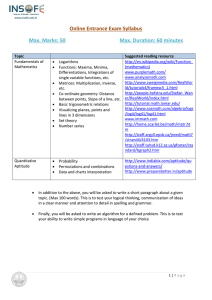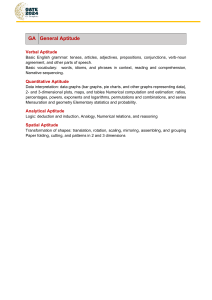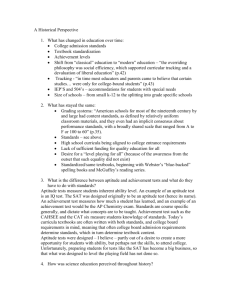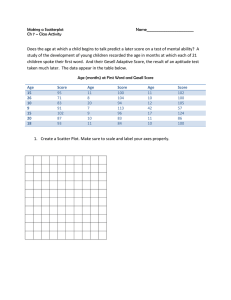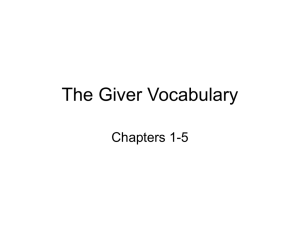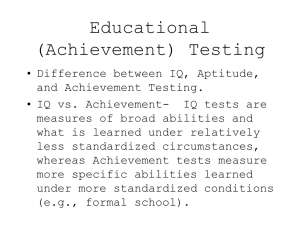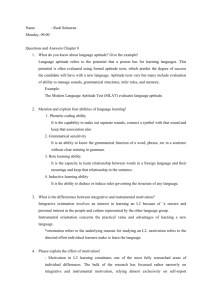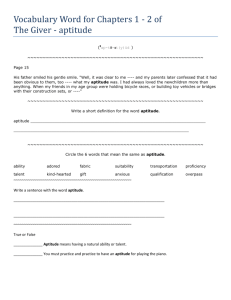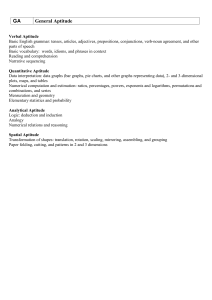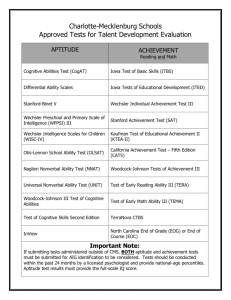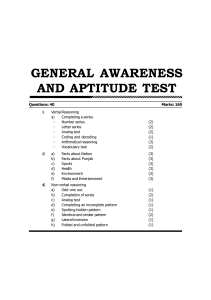Powerpoint of Week 1
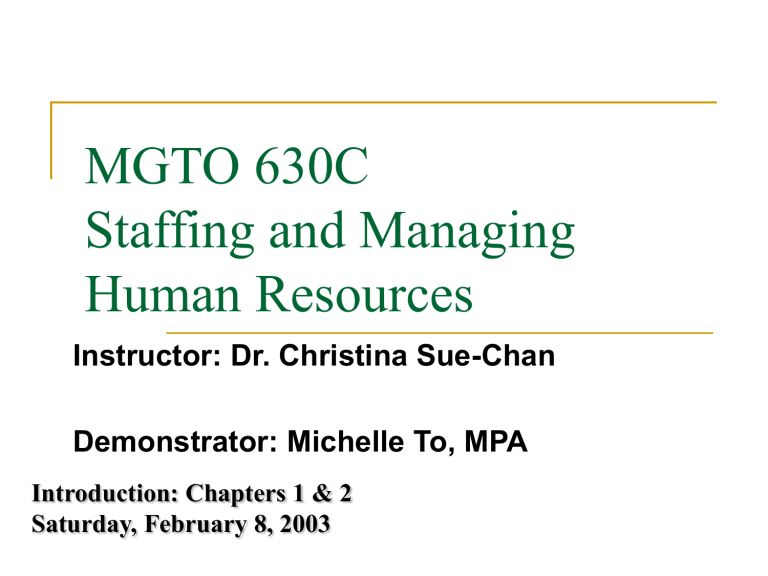
MGTO 630C
Staffing and Managing
Human Resources
Instructor: Dr. Christina Sue-Chan
Demonstrator: Michelle To, MPA
Introduction: Chapters 1 & 2
Saturday, February 8, 2003
Why study HRM?
“Successful executives often tell us that when they were in business school, they considered the quantitative “hard” subjects, such as finance and operations management, to be the most important topics they studied; they had little respect for the “soft” subjects, such as organizational behavior and human resources management. Fifteen or 20 years later, however, those same executives recognize that it is their people management skills – working with and developing people – that have been the key both to their personal success and to that of their business.” (p. 117)
-Waldroop, James, & Butler, Timothy. (1996). “The executive as coach."
Harvard Business Review, 74 (6), 111 –117.
2
Today’s Objectives
Introduction of instructional team
Introduction of course: textbook, outline
Project groups
Student feedback
Breaks: 1-20 min at halfway point OR 1-10 after every hour
Readability of slides, your concerns, expectations, hearing, etc.
Information cards
Case analysis
Topic 1: Foundation theories: Ability,
Motivation, Opportunity
3
Case Analysis
Introduction
This case describes David Wang’s attempt to motivate feedmill managers to transform the feedmill into a profit-making enterprise. To effectively motivate the employees, he must first determine whether they are able and/or willing to implement changes to the current sales and marketing system …
Conclusion
This case illustrated how individual difference characteristics, such as attitude, knowledge, skills, and abilities, influence people’s motivation to change.
It also demonstrated how motivation concepts, such as expectancy theory and distributive and procedural justice, can be use to bring about change in people.
More specifically …
4
Foundation theories
Individual difference characteristics
Aptitude: relatively stable attribute; general pattern of performance; potential to develop specific abilities
[examples?]
Ability = aptitude + training KSAs
Opportunity
Motivation: willingness to exert effort
Expectancy: Motivation = Effort x Performance x Outcome
(EPO)
Equity
Procedural justice
Distributive justice
Interactive justice
5
Performance
HR is all about identifying who has the potential to walk on water (aptitude); who is currently capable of walking on water
(ability).
HR is also about making sure that those who have the ability to walk on water and want to walk on water are provided with the chance to do just that.
Performance = f (ability x motivation x opportunity)
6
An important aptitude that influences our ability to learn and develop is learning style . . .
7
